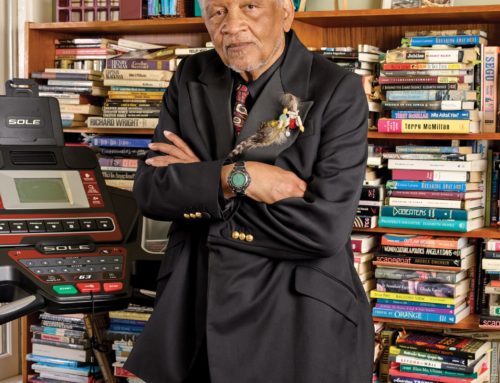Editor, novelist, essayist and dog breeder, Charles Newman never quite matched his editorial success in the mid-1960s at Tri-Quarterly – an influential literary magazine that published works by William H. Gass, Susan Sontag and Czesław Miłosz – with that of his own publications. While Newman’s four novels, including his bestselling White Jazz (1984), attracted comparisons with J. D. Salinger and Thomas Pynchon, his reputation as a novelist was eclipsed by his best-known work of nonfiction, The Post-Modern Aura (1985), a jeremiad on the bankruptcy of American culture, and on postmodern fiction in particular. Newman remains, Joshua Cohen argues in a trenchant introductory essay to his final novel, “among the best, and best-neglected, of American authors”.
In Partial Disgrace, published seven years after Newman’s death in 2006, at the age of sixty-eight, is a tantalizing glimpse into the author’s ambitiously conceived magnum opus, a project that preoccupied – and almost certainly tormented – the author for the final twenty years of his life. Set in Cannonia (a thinly veiled Hungary), Newman’s nine-volume “great un-American novel” was to span the twentieth century, “show, and tell, the evolution of literature”, and “narrate the revolutions of the wheel”. When Newman died, his nephew and editor Ben Ryder Howe found “endlessly revised and unrevised manuscripts” boxed in specially designed cubbyholes in his chaotic apartment. “All that had been completed was an overture”, Cohen observes, “or just the blueprints for a theater, the scaffold for a proscenium.”
Click here to read the article at the Times Literary Supplement


